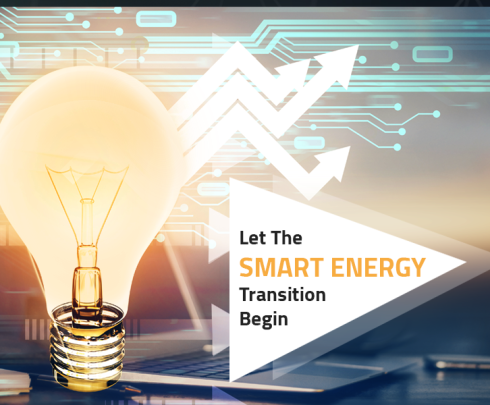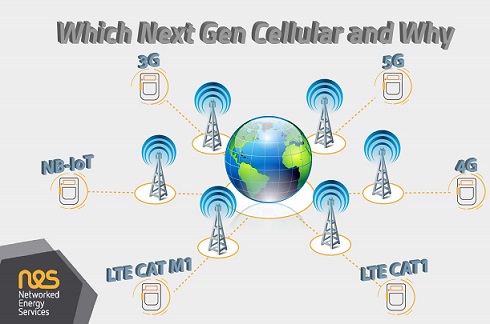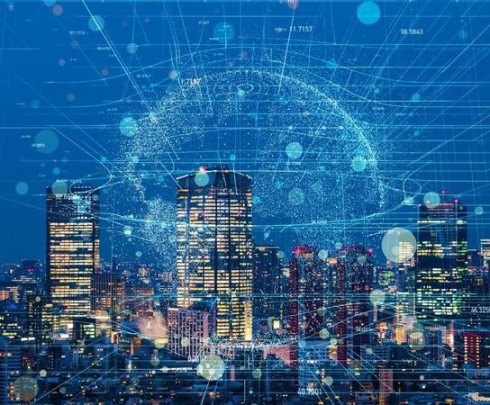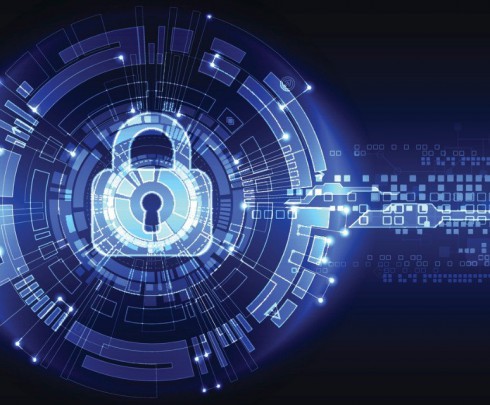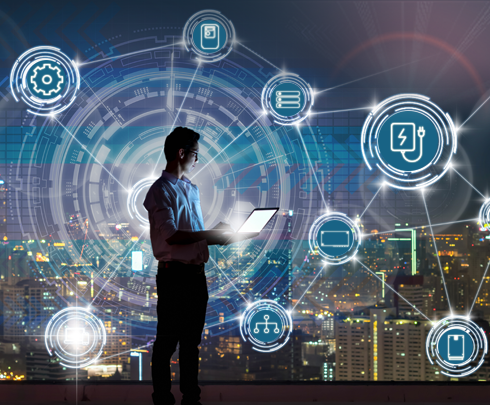
Why Vattenfall made its LV grid intelligent - the use cases
Sep 10, 2018Thanks to new technologies on the grid, utilities have at their disposal an unprecedented level of data sources and visibility on the grid.
However, perhaps the most dynamic area, the low-voltage (LV) grid is often overlooked by distribution system operators (DSOs).
In an Engerati webinar, Lars Garpetun, R&D Programme Manager at Vattenfall, one of Europe's largest producers and retailers of electricity and heat, gave his perspective on why DSOs should pay more attention to the LV grid.
Due to the cost, he explains, the LV grid is not monitored by the SCADA system, making it a black hole for Vattenfall. To combat this, the utility established a LV monitoring system based on data from the smart metering system.
He says: “It’s been running for a few years and is very cost-effective. Today we can monitor power outage and power quality data based on events generated by the meters when an unacceptable level of quality occurs.”
DSOs in tomorrow’s smart grid
The issue at hand for Vattenfall, however, is that the solution is not ‘intelligent’, focusing on reactive actions as opposed to proactive.
Garpetun explains the issues facing DSOs moving forwards: “The solution we currently use just gives us meter events when power voltage is out of an acceptable range. In the future, it will not be acceptable, nor should it be acceptable, for customers to alert the DSOs of power outage or quality issues when the event occurs.”
As the grid becomes more complex, Garpetun explains that DSOs will need to develop their LV capabilities: “Customers’ consumption patterns are changing, and with increased distributed energy resources such as electric vehicles, there will be a drastic impact on voltage networks. Today, we have no way of handling these issues of the future. The goal for us is to lower operational expenditures and improve customer satisfaction with early identification of weakness in the grid.”
Networked Energy Services (NES) is a project partner with Vattenfall as it shifts to make its grid operations intelligent. Jon Wells, Director of product marketing at NES, says: “In the past, it’s only been commercially viable to utilize SCADA for high and medium-voltage grids, but now it’s the LV grid where all of the dynamic energy usage happens.”
To combat these issues, NES has developed a new interface which can provide more proactive insights to DSOs. Wells explains: “The solution puts on top of the LV grid, two key components - what we’re calling a sensor network and an analytics framework.”
With this framework, DSOs can build a more accurate and detailed model of LV grid topology, obtain more detailed and fine-grain voltage and power supply and quality information from the substation to the consumer, and draw timely actionable insight for operational and business decision making.
Use cases for smarter LV grids
In the webinar, the panel of project partners discussed the key use cases for the intelligent LV grid:
1) Improving power quality
One of the key use cases, according to Wells, is thanks to the LV grid topology visibility gained from the sensor network layer.
He explains that with the understanding gained of the grid topology between the transformer and consumer, DSOs can get greater insight into how best to manage power quality.
Wells explains how: “DSOs are no longer limited to just looking at monitoring points at the network edge - they’re able to understand what’s going on deeper inside. This allows them to identify longer term degradation and trends, so that they don’t need to wait for a failure.”
This combined with the analytics framework means DSOs can use that new information in an intelligent, proactive way.
Wells says: “We can find out what the indicators are for failures and use them to predict and avoid future failures, look at datasets that give information of demographics to gain more insight into the growth and demand in certain areas, and then be able to understand more about the dynamics of consumption, supply and distribution across the LV grid.”
2) Assessing impacts
A second key use case for a smarter LV grid is to identify the impact to consumers of an event in the LV grid. Wells says: “By knowing more about the topology of the LV grid, we’re given greater insight into who may be impacted, but also we can start looking at the patterns of outages and where perhaps there’s a root cause creating wider impacts.”
The analytics framework can then look at this data and add value to it based on other data sources in the business or public domain, looking into things such as the social impact of an outage, as well as the economic and business impacts.
From there, Wells explains, operational measures can be intelligently evaluated: “We can use analytics models that are able to calculate the revenue generation of that consumer. So this can help us decide the priority criteria for fixing problems based on the social, economic and business impacts as well as the traditional technical severity considerations.”
3) Restoring service
The key concerns for DSOs restoring service in the smart grid is making operators able to identify the root cause faster, spot available capacity for re-routing and enriching information passed over to field crews.
Wells explains: “The sensor networks role in this is to identify the root cause through reachability of network health points (points in the network which are historically highly reliable communicators) and the topology, and also identify where there’s capacity to switch energy distribution flows and where there’s been a reroute to accommodate for that problem. Then it can help drive semi and fully automatic load control.”
Following the information gained here, the analytics framework can improve the dispatch of tasks to field work.
Wells says: “We can make information provided with the field work tasks more accurate, provide more detailed and contextual information, and also are able to bring in information from wider datasets in order to be smarter about that priority setting.”
The future for DSOs and the smart grid
Next generation metering systems can give DSOs the opportunity to improve business processes by implementing comprehensive monitoring of the low voltage grid which enables them to take a more proactive approach to operations.
Garpetun sees this as a crucial way for DSOs to gain the most benefit from the future smart grid, saying: “An advanced metering system with the ability to continually measure current and voltage in combination with advanced analytical methods are the key components to provide customers and DSOs better service and lower costs.”
To find out more about the difficulties posing DSOs in the smart grid future, watch our webinar “Making the smart grid intelligent: Using apps for power reliability” on demand now.




